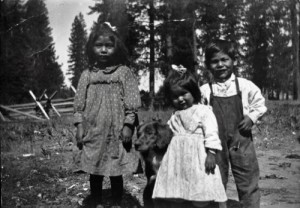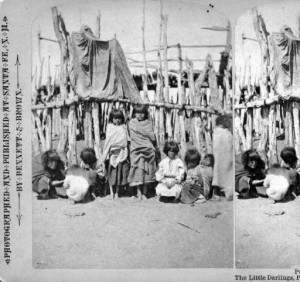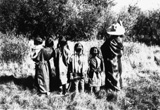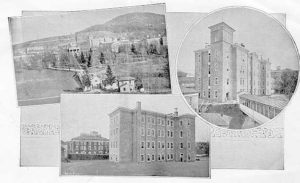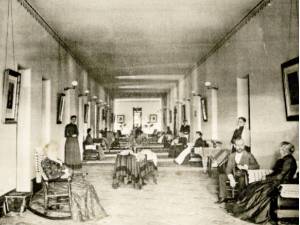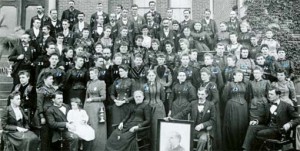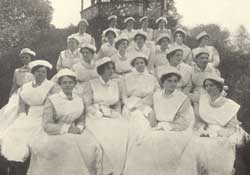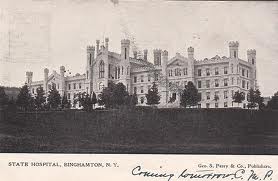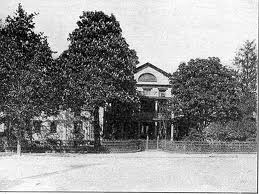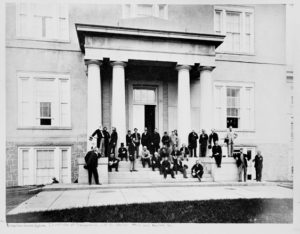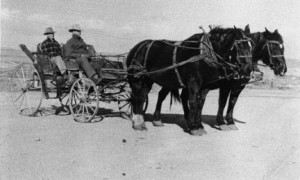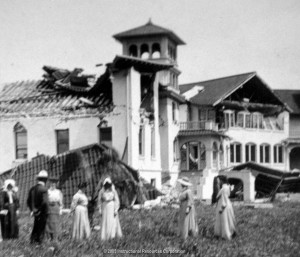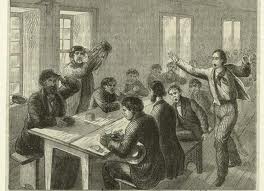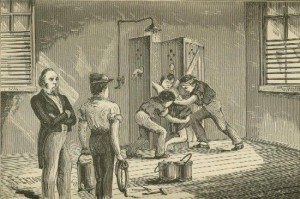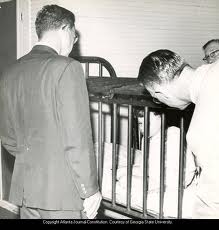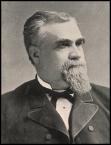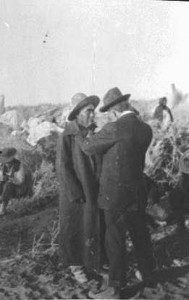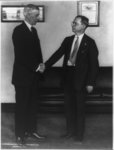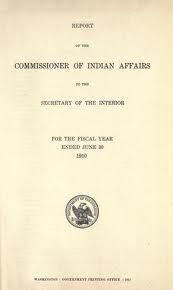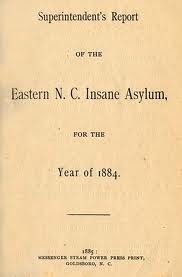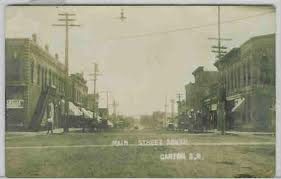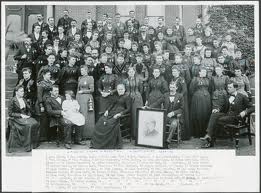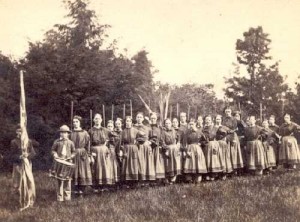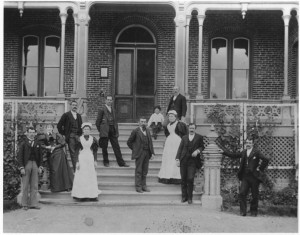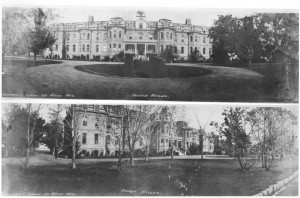Youth was no protection when it came to the possibility of commitment to an insane asylum. Dr. Harry Hummer admitted a six-year-old Caddo child named Amelia Moss to the Canton Asylum for Insane Indians in May or early June of 1922. His original correspondence to the reservation superintendent concerning the child is not available, but the superintendent’s reply makes it clear that Hummer was perfectly comfortable admitting her:
“I take pleasure in acknowledging receipt of your communication of May 8, 1922, advising that you are able to admit Amelia Moss, a full blood Caddo Indian child six years of age, to your institution, and that you are also ready to send your matron to this agency for the purpose of escorting this child to your institution.” (This letter, from superintendent J. A. Buntin(?), was written May 22, 1922.
According to Buntin’s letter, the Indians taking care of Moss (probably not her own parents) were anxious to send her to Hummer’s institution, “where she may be properly cared for.” Moss’s diagnosis was epilepsy, psychosis, and feeble-mindedness, though there is no reference to a psychiatrist’s confirming diagnosis of the mental issue. Most likely, Moss’s guardians didn’t want to care for her and thought she would be better off in an institution. Their attitude is certainly not Hummer’s fault, but accepting such a patient was definitely his own decision. It is difficult to believe that he actually thought a child so young could be insane, and even more difficult to believe that he thought he could actually help her.
______________________________________________________________________________________
